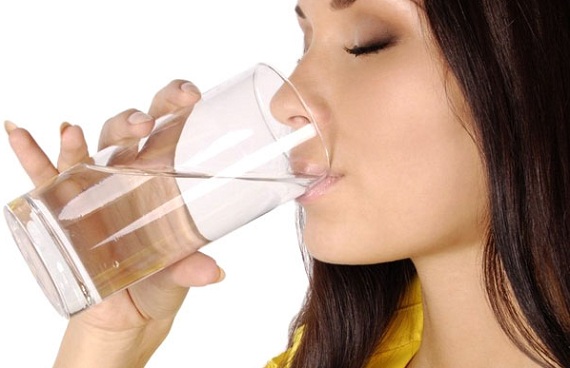What is dangerous gouty kidney, its symptoms and the organization of suitable treatment
Gouty kidney is a general term that combines various lesions of this organ with the simultaneous development of gout. At the heart of the manifested changes in the kidneys is a violation of the ratio of an increase in the production of uric acid and a deterioration in the ability to remove it from the body. This situation occurs during the development of primary gout - when there is a primary increase in the processes of synthesis of uric acid due to metabolic disorders and a deficiency in the concentration of a particular enzyme.
How does gouty kidney manifest?
Basically, with the development of a gouty kidney, a slowly progressive interstitial process and the formation of stones are observed. Often there is a blockage of the kidneys due to uric acid or due to severe damage to the renal tubules, which causes kidney failure. At the same time, symptoms of a secondary infectious lesion of the kidneys, complications in the form of increased pressure, etc. are revealed.
A poor manifestation of the urinary syndrome for a long time may remain the only sign of a gouty kidney, until symptoms of kidney failure form simultaneously with hypertension and azotemia. Not always renal pathology is accompanied by classic signs of gout - arthritis, the presence of tophi in the area of the joints and in the auricles.
It is important!
Another complication characteristic of gout is the formation of kidney stones - 10 - 20% of patients with gout suffer from urolithiasis. And clogging of the urinary canals creates favorable conditions for stagnation of urine and the attachment of the inflammatory process.
Another variant of gouty kidney damage is uric acid blockade of the organ, which develops with the active development of an increase in the concentration of uric acid in the blood, which contributes to the formation of urinary stones, causing obstruction and acute kidney failure. Sometimes renal colic and gouty arthritis join the pathological process. A pronounced increase in the concentration of uric acid occurs with extensive breakdown of nucleoproteins in patients with leukemia during treatment with large volumes of cytostatics.
Kidney damage can develop long before gouty arteritis or tophus develops. Monitoring the concentration of uric acid in the blood is considered the main diagnostic test.
Healing process
Recently, the results of treatment of patients with gout lesions of the internal organs, including the kidneys, have improved markedly. A positive outlook and prognosis of the pathology is monitored, as well as the preservation of the functional abilities of the kidneys. In modern medicine, treatment can be successful if it is carried out accurately. Treatment involves the organization of dietary, pharmacological therapy, carried out in the intervals between acute gouty attacks. In the presence of restrictions for health reasons, the patient is prescribed course therapy with the following medications:
- Diuretic drugs that help prevent the kidneys from reabsorbing uric acid that has already been excreted and filtered by them.
- Urostatics that help delay the production of uric acid.
Subject to the use of diuretic drugs in the treatment, it is required to consume a large amount of fluid - at least two liters per day during the day and even at night in order to prevent the deposition of uric acid in the urinary tract. 
The main role in the treatment is given to drugs that slow down the production of uric acid. For example, allopurinol was initially successfully used to treat tumors, and subsequently began to be actively used to treat gout. Taking this remedy allows you to achieve a noticeable reduction in urate stones and can contribute to their complete elimination. This drug is well tolerated by the human body, but occasionally allergic reactions can occur.
It is important!
Sometimes the healing process drags on for years. And throughout the treatment, it will be necessary to constantly adjust the dose of drugs, the beginning of the course of treatment, taking into account the progression of uricemia.
Nutrition for gouty kidney involves a complete rejection of the consumption of foods with a high concentration of purine - offal, beer, meat, some fish. It is better to eat dark meat, fish in moderation, chicken breasts, egg and milk protein. It is also recommended to limit the intake of refined sugar, as the body of a person with gout is prone to developing diabetes.
Prevention of the development of gout will be quite successful if all the recommendations of the attending physician are followed. Proper nutrition is essential for people. Those at risk of disease - while the calorie content of food should be reduced. Periodic monitoring of the concentration of uric acid in the blood is also carried out throughout life. Such procedures allow you to restore the wrong metabolism and normalize the work of the patient's body.




